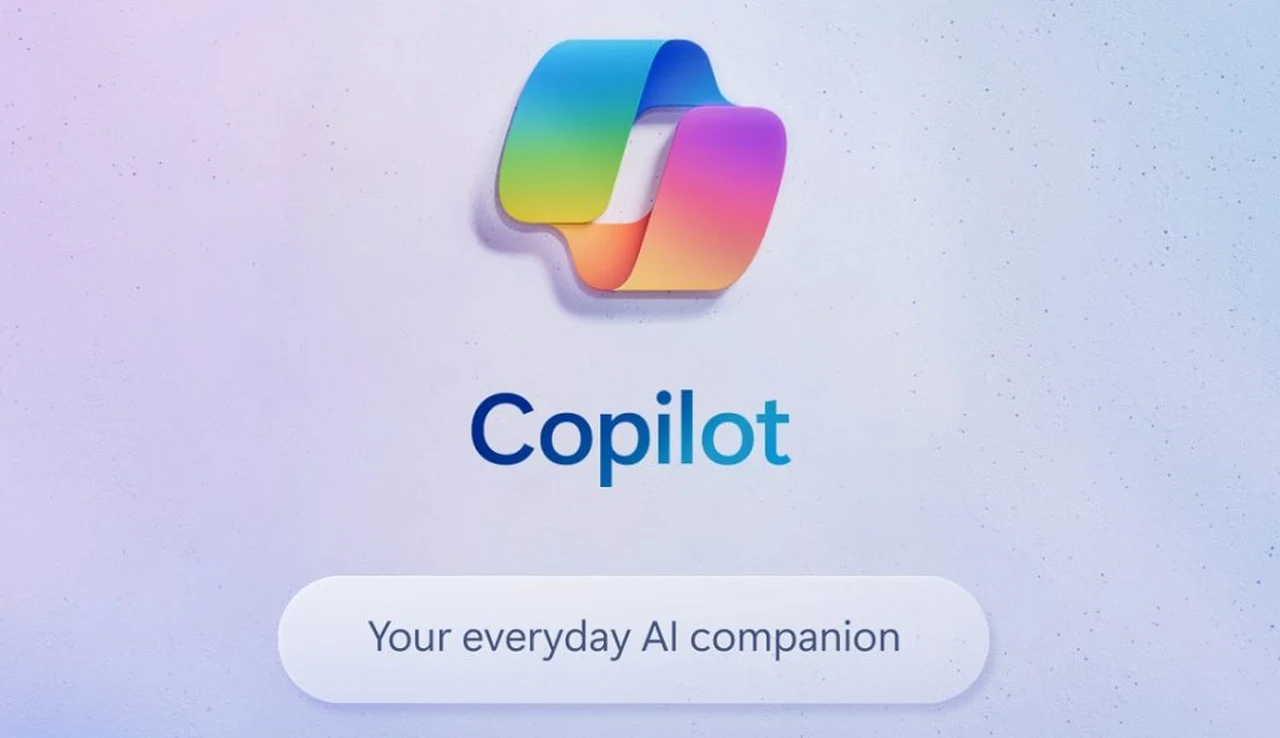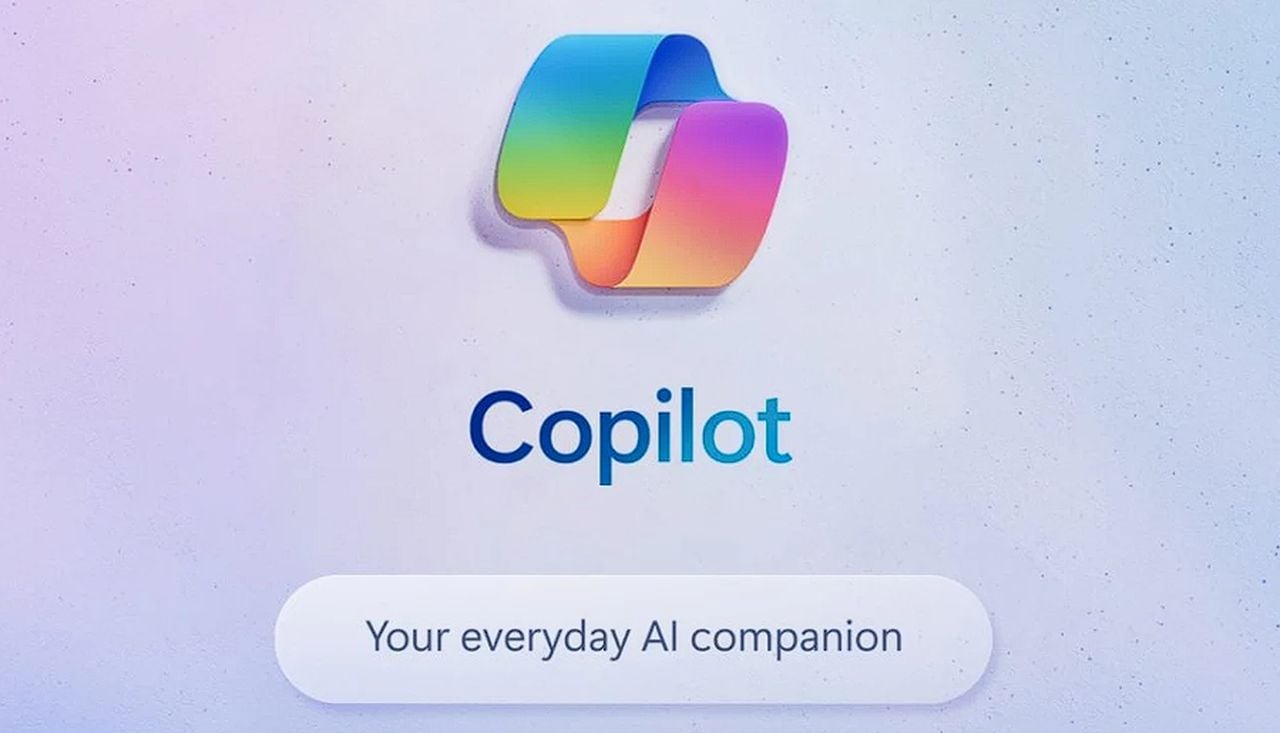
In the fast-paced realm of business employees face a plethora of challenges, with one of the most prominent being the management of complex and voluminous information. This issue is further compounded by the customer’s expectation for swift and accurate responses. However, the advent of artificial intelligence (AI) has brought forth a potential solution to this predicament: AI-powered summarization.
AI-powered summarization operates by providing case summaries to employees, thereby enabling them to comprehend the context of a case and address customer issues more efficiently. This innovative feature leverages large language models and natural language processing to analyze and condense information from various sources into concise summaries. For instance, Dynamic 365 Customer Service Copilot, a leading AI platform for customer service, has successfully integrated this feature to improve their services.
The implementation of summarization in customer service is primarily driven by its potential to significantly improve efficiency and productivity. As an AI-powered feature, summarization automates the extraction of crucial details from the case and provides context and actions already undertaken to address the issue. This immediate impact on efficiency and productivity makes summarization an ideal first use case for generative AI.
AI summarization
Compared to other AI use cases, the implementation of summarization is less complex, making it an excellent starting point for organizations new to generative AI. The success of summarization not only builds confidence in the technology but also lays a solid foundation for more advanced use cases. This can be seen as a gateway to wider generative AI innovation, opening up new possibilities for operational improvements.
Another noteworthy aspect of summarization is its customization options. Administrators can make case summaries available to agents, bringing immediate business value to the organization. Additionally, summarization features allow more customization options, including the format of conversation summaries and the entities and fields used for case summary. This adaptability ensures that the technology can be tailored to meet the unique needs of each organization, further enhancing its value.
Summarizing long content using AI can significantly enhance efficiency and productivity in various domains. To understand how this can be achieved, it’s important to consider the nature of the content and the context in which the summaries are used. AI models like GPT-4 are adept at condensing information while retaining key points, which can be leveraged in multiple ways.
- Automated Report Summarization: In business or research settings, AI can quickly summarize lengthy reports, research papers, or documents. This allows professionals to grasp essential insights without reading the entire text, saving time and facilitating quicker decision-making.
- Educational Purposes: AI summarization can distill lengthy academic materials into concise overviews. This aids students and educators in focusing on core concepts, enhancing learning efficiency.
- Meeting and Conference Summaries: AI tools can transcribe and summarize meetings or conferences in real time. This ensures participants have a clear, concise record of discussions and decisions, aiding in better meeting management and follow-up actions.
- News Aggregation: For individuals or organizations needing to stay informed about specific topics, AI can summarize news articles or reports from various sources, presenting a coherent overview of current trends or events.
- Email Management: In corporate settings, AI can summarize long email threads, highlighting the main points and required actions. This improves communication efficiency and reduces the time spent sifting through emails.
- Legal Document Analysis: AI summarization can help legal professionals by quickly distilling key points from lengthy legal documents, contracts, or case files, thus aiding in legal research and case preparation.
- Healthcare Documentation: Summarizing patient records, medical studies, and reports can aid healthcare providers in quickly accessing vital information, improving patient care and research efficiency.
- Content Creation and Editing: AI can assist writers and editors by summarizing research materials or existing content, providing a foundation for creating new articles or reports more efficiently.
In implementing these applications, it’s crucial to ensure the AI’s summarization accuracy and relevance to the specific context. Regular evaluation and fine-tuning of the AI models are necessary to maintain the quality and usefulness of the summaries. Additionally, it’s important to consider the ethical and privacy implications, especially when dealing with sensitive information.
The use of AI-powered summarization in customer service holds immense potential for improving efficiency and productivity. By providing support agents with concise case summaries, this technology allows for quicker and more accurate responses to customer queries. Moreover, its ease of implementation and customization options make it an attractive option for organizations seeking to harness the power of AI. As such, AI-powered summarization serves as a promising solution to the challenges faced by support agents and a stepping stone towards broader generative AI innovation. Here are some other articles you may find of interest on the subject of using artificial intelligence to improve your productivity.
Filed Under: Guides, Top News
Latest timeswonderful Deals
Disclosure: Some of our articles include affiliate links. If you buy something through one of these links, timeswonderful may earn an affiliate commission. Learn about our Disclosure Policy.

